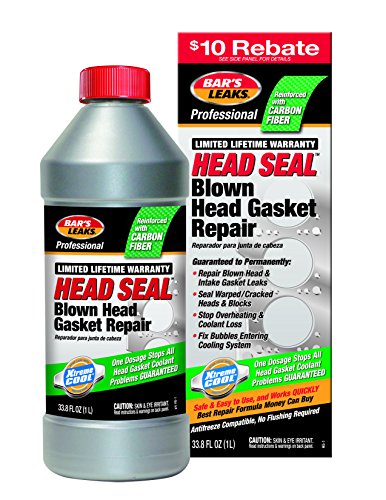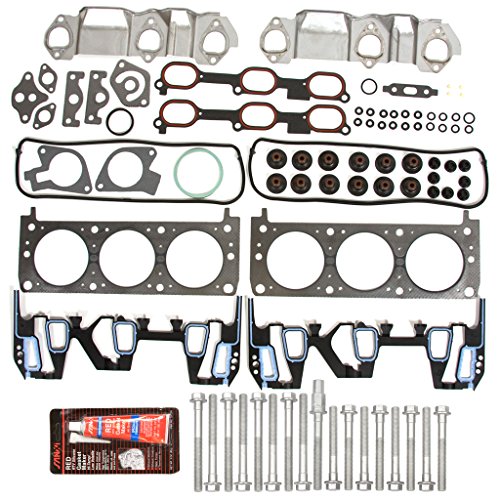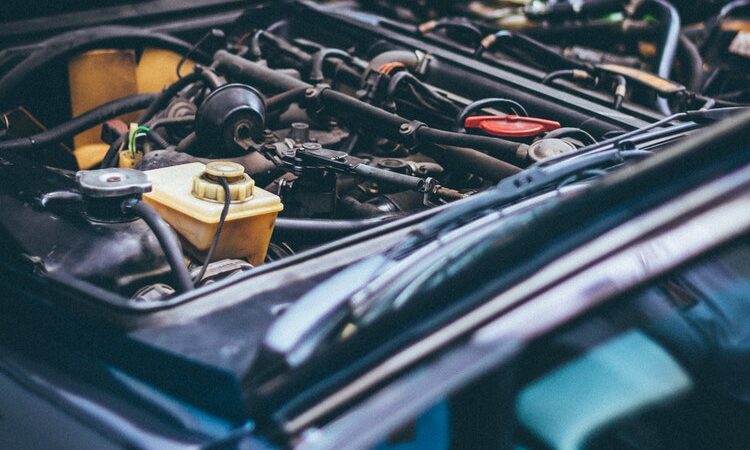White Exhaust Smoke is a Symptom Of..

When it comes to the exhaust system, white smoke coming out from the exhaust pipe can be a red flag that indicates a series of problems may be going on with the vehicle.
Therefore, it is important to realize the intricacies this particular symptom brings to car health and the ability to perform correctly.
Interpretation
Generally speaking white exhaust fumes coming out of the pipe does not always imply something is going wrong, that is why paying close attention to how thick the fumes are is key to properly diagnosing the situation. In healthy car systems, white smoke is the byproduct of a normal condensation process that accumulates inside the exhaust system.
If the fumes have a light vapory thickness, then there is absolutely nothing to worry about and the symptom should go away quickly. However, if the fumes happen to be thicker with more volume, then deeper insight is needed.
When the white smoke coming out of the exhaust is heavier, it might indicate that the engine coolant system is somehow damaged, hence this could trigger problems such as:
- damaged cylinder head
- blown head gasket
- cracked engine block (which might be expensive to repair)
In addition to the white smoke coming out, the coolant system needs to be revised in order to scan for any coolant leaks, as even the smallest leaks when left unnoticed, have the potential to damage other components and shorten the vehicle’s lifespan.
Related Issues

Having thick white smoke coming out of the exhaust pipe might be a symptom of the following issues.
Fuel pumping injection is broken: If that’s the case you might notice how quickly fuel supply tends to run out. If that happens to be the case, replacement might be required, however, trying to replace the injection should not be attempted if you don’t have the necessary skills. It is better to take the car to a professional mechanic right away.
Coolant leaks out of the car: This issue is only evident when the engine starts running. White smoke in that case is the result of leaked coolant being mixed up in the exhaust system. That is why checking the engine temperature levels is also vital, as a lack of coolant will lead to immediate overheating.
Problems from Other Parts: White smoke might indicate problems with even more complex components like the engine being clogged or cracked.
If that’s the case, keep in mind that repair costs will go up quite considerably.
Maintenance
Most of these symptoms demand immediate attention as soon as they become evident, however there is a checking process that needs to be done.
- Intake gasket inspection
The intake gasket keeps the manifold sealed to the head and their main function is to evenly distribute the combustion fumes, mixed with the coolant and lead them to the separated intake port. If the damage is done, the coolant will find its way into the port and combustion chamber, generating white smoke as a result.
Therefore, the intake manifold will be removed to properly scan the intake gasket for any leaks or rust. If it is fine, then further inspection will be performed.
- Head gasket examination
This step goes right after the intake gasket examination gets finished and nothing wrong has been found.
The head gasket is responsible for keeping the cylinder head sealed in order to avoid coolant from leaking into the cylinder. If some damage gets done this will generate white smoke from the exhaust pipe due to the coolant finding its way right into the cylinder head.
- Searching for cracks in the cylinder head
The cylinder head is made of aluminum, a material that is bound to get broken in high temperature. The head serves as the connection link between the engine block and the head gasket and is an essential part that makes the engine function properly. If this part gets messed up immediate replacement is unavoidable.
If you have any doubts about white smoke exhaust, visit our webpage where we provide you with all the necessary information you need to know in order to keep you car’s health and wellbeing.





